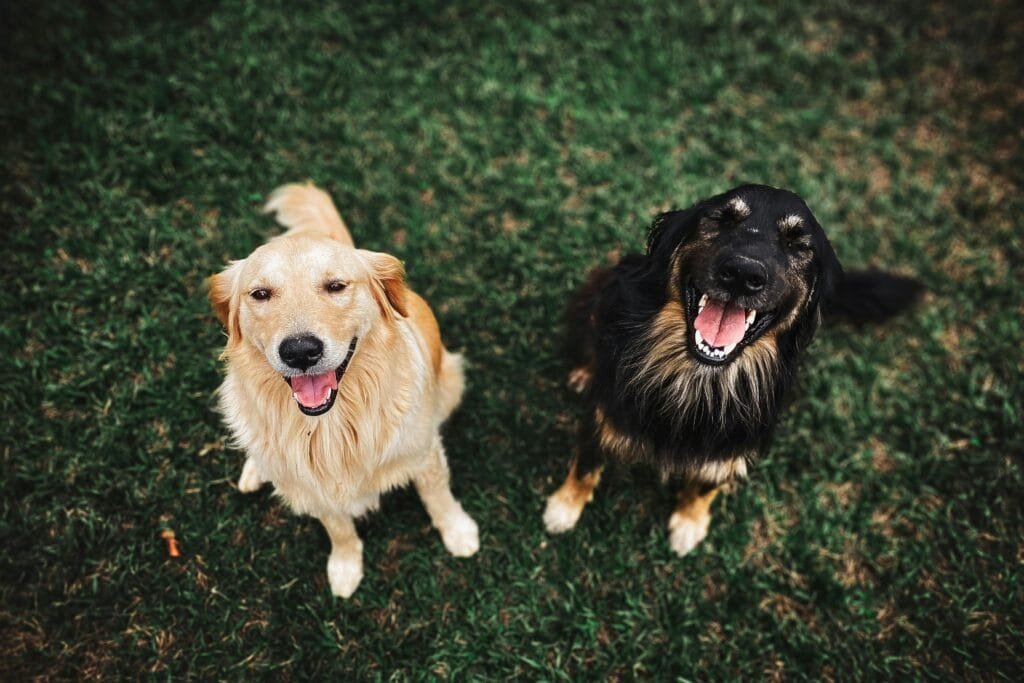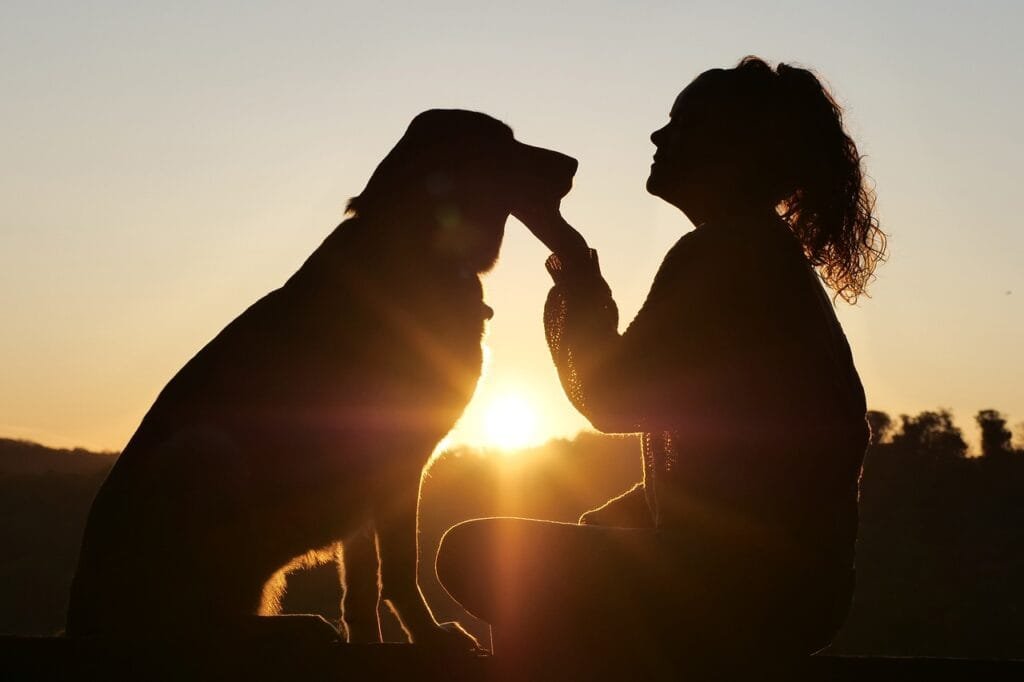How training shapes your dog’s outlook
I’ve always been fascinated by how dogs think, especially how training affects dog behaviour in ways we don’t always notice. Not just the obvious things like sitting on cue or walking nicely on leash, but the deeper emotional patterns. The ones that influence how dogs view the world, whether with confidence and curiosity or with fear and hesitation.
Yes, dogs can be optimists or pessimists and how training affects dog behaviour plays a big role in shaping which side of that spectrum they land on.
When I was researching for my deep dive into shock collars, I came across studies that showed how negative training experiences can shape a dog’s entire worldview. And I mean entire. Not just whether they expect training to be unpleasant, but whether they approach life with curiosity and confidence or with hesitation and doubt.
The science behind a pessimistic pup
We tend to think of dogs as living in the moment, but their past experiences influence their expectations just like ours do. In research settings, scientists use what’s called a cognitive bias test to measure this. Here’s how it works:
- A dog is trained to associate one bowl placement with a tasty treat and another with nothing.
- Then, researchers place a bowl somewhere in between.
- An optimistic dog will rush over, expecting a reward. A pessimistic dog will hesitate or avoid checking at all.
What shapes that response? If a dog has been in environments where they experience predictability, fairness, and positive reinforcement, they tend to expect good things. But if they’ve been subjected to punishment-based training (like shock collars) or an unpredictable, stress-filled environment, they learn that good things are rare, and bad things often happen out of nowhere.
Studies have shown that dogs trained using aversive methods (such as positive punishment and negative reinforcement) can experience compromised physical and mental health (source). Additionally, research also indicates that dogs attending classes advocating mainly aversive training methods were more ‘pessimistic’ in cognitive bias tasks than those from reward-based training classes (source).
It’s the same thing we see in people who’ve been through chronic stress or trauma: the world starts to feel dangerous, and they behave accordingly.
How training affects dog behaviour over time
A dog that expects good things is easier to train. They’re engaged, willing to experiment, and resilient when they make mistakes.
A dog that expects bad things? They shut down, avoid trying, or become reactive out of self-preservation.
This is one of the biggest reasons I advocate for science-based, ethical training methods. The fallout from punishment-based training isn’t just about discomfort in the moment. It’s about long-term well-being. It’s about whether a dog views their world as safe and full of possibilities or unpredictable and full of threats.
And honestly? That’s why I love what I do. Training isn’t just about teaching a sit-stay. It’s about setting a dog up to move through life with confidence, knowing they can trust the people guiding them. That’s the kind of optimism I want to reinforce.
Want to raise a confident, optimistic dog? Let’s work together.
Every interaction shapes how your dog sees the world. The right training approach builds confidence, strengthens trust, and sets them up for success.
📅 Book a private training session today and learn how to create an environment where your dog can thrive, not just obey.
🐶 Let’s build a training plan that helps your dog feel safe, engaged, and optimistic about life.







